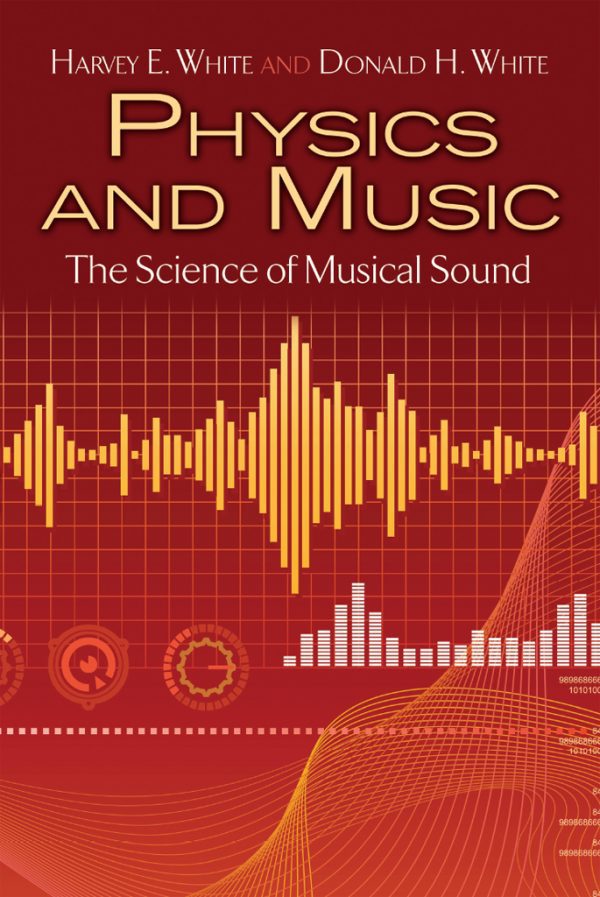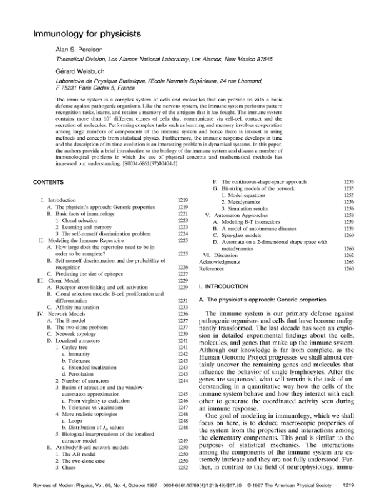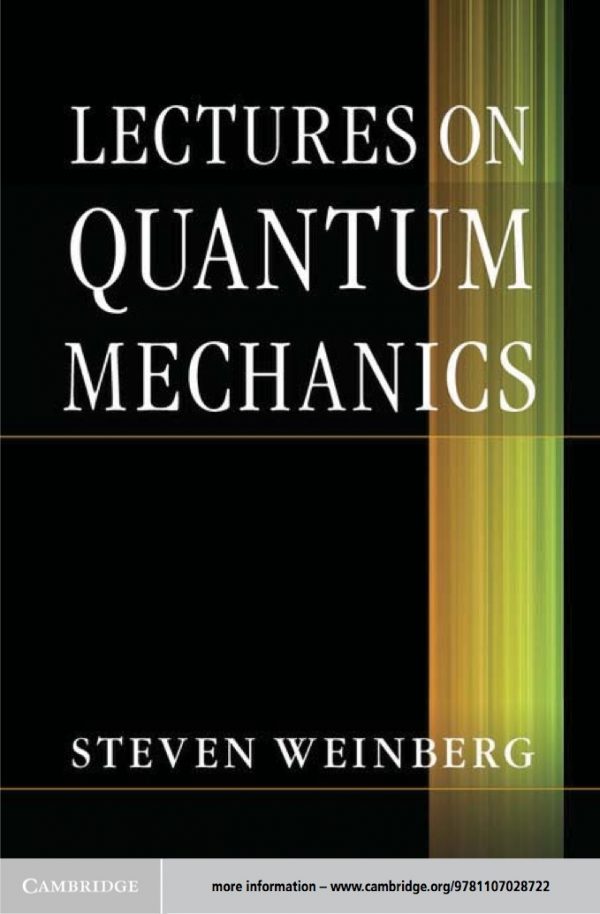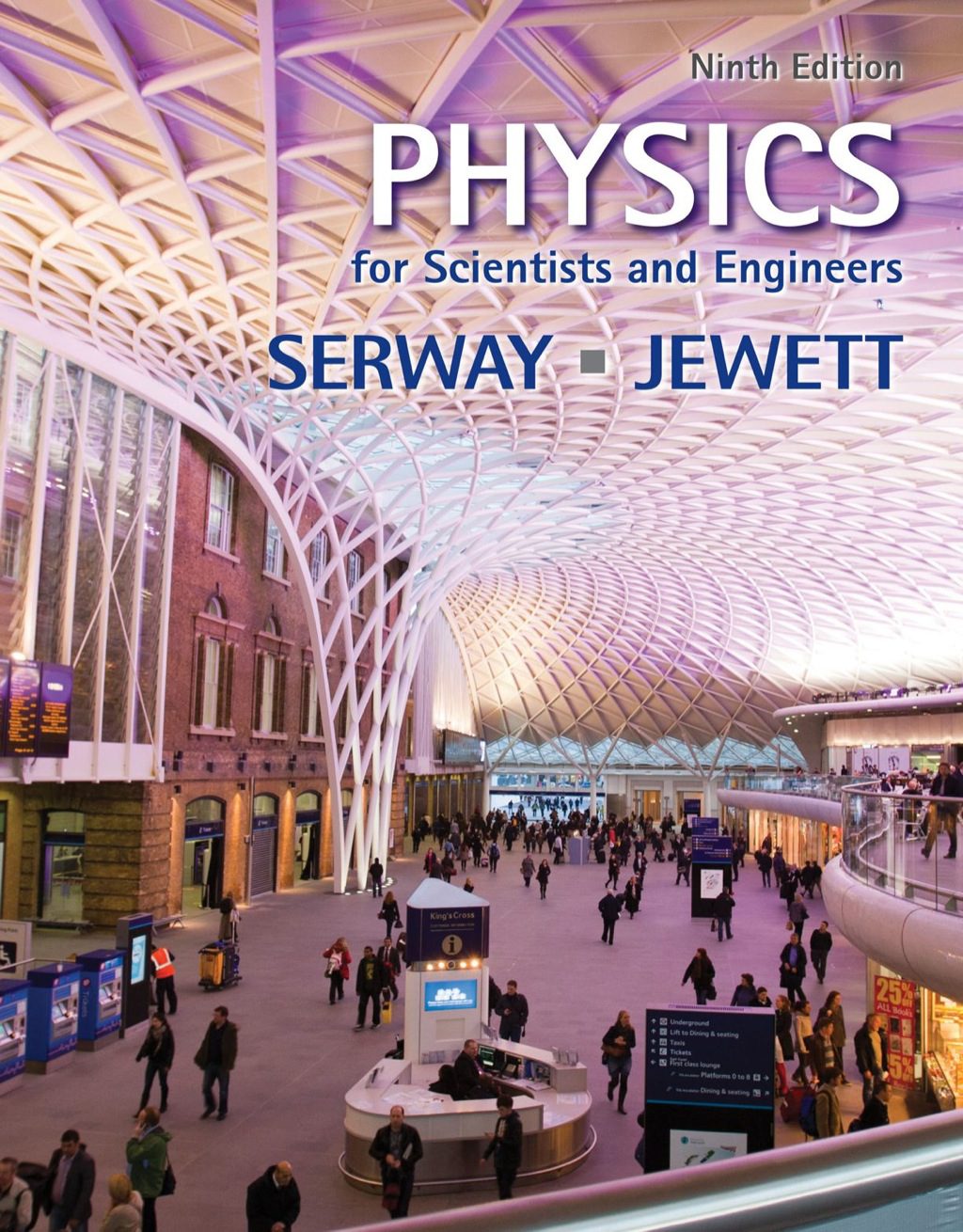Sümer M. Peker, Serife S. Helvaci0444522379, 9780444522375, 9780080553412
Table of contents :
Solid–Liquid Two Phase Flow……Page 4
Copyright page……Page 5
Preface……Page 8
Contents……Page 12
List of Contributors……Page 18
1.1 Molecular Interactions……Page 20
1.2 Interactions of Electrical Origin Between Particles……Page 25
1.3 Interaction of Particles Due to Non-Dlvo Forces……Page 36
1.4 Aggregation of Particles……Page 43
1.5 Aggregation of Ferromagnetic Particles……Page 55
1.6 Formation of Glasses and Gels……Page 58
1.7 Self-Assemblies of Surfactants……Page 61
1.8 Stabilization of Suspensions……Page 69
1.9 Aggregation in Biological Systems……Page 78
2.1 Viscoelasticity……Page 90
2.2 Rheological Models of Time-Independent Non-Newtonian Fluids……Page 105
2.3 Flow of Non-Newtonian Fluids Through Cylindrical Pipes……Page 114
2.4 Flow Through Noncylindrical Channels……Page 160
3.1 Ordering in Concentrated Suspensions……Page 186
3.2 Rheology of Concentrated Hard-Sphere Suspensions……Page 193
3.3 Rheology of Soft-Particle Suspensions……Page 219
3.4 Migration, Slip, and Drag Reduction……Page 231
3.5 Shear Flow of Viscoelastic Suspensions……Page 236
3.6 Flow of Biological Fluids: Blood Flow in the Circulatory System……Page 244
4.1 Motion of the Fluid Phase……Page 264
4.2 Forces Acting on Particles……Page 271
4.3 Motion of Spherical Particles……Page 276
4.4 Motion of Nonuniform Particles……Page 282
4.5 Hindered Settling……Page 297
5.1 Basic Concepts in Modeling of Two-Phase Flow……Page 310
5.2 Averaging Techniques for Model Equations……Page 316
5.3 Mathematical Requirements for Averaging Transport Equations……Page 319
5.4 Basic Equations for Solid–Liquid Suspension Flows……Page 322
5.5 Ensemble Averaged Equations for Two-Fluid Model……Page 324
5.6 Eulerian Single Fluid Model: Mixture Model……Page 331
5.7 Mixture Model on Macroscale: General Balance Equations……Page 334
5.8 Drift Flux Model……Page 343
6.1 Flow Patterns and Flow Regimes……Page 348
6.2 General Balance Equations for Flow of Slurries Through Pipes……Page 353
6.3 Dispersion Mechanisms of Solid Particles……Page 365
6.4 Mechanism of Frictional Losses……Page 372
6.5 Pressure Losses in Pipe Flow……Page 377
6.6 Particle Concentration Distributions in Different Flow Patterns……Page 385
6.7 Deposition Velocity……Page 390
6.8 Settling Flow of Solid–Liquid Suspensions with Stationary Bed……Page 391
7.1 The Role of Surface Tension in Wetting of Solids……Page 404
7.2 Discharge of Solids into Liquids……Page 413
7.3 Mechanisms of Mixing……Page 419
7.4 Mechanically Agitated Mixers……Page 422
7.5 Static Mixers……Page 443
7.6 Mixing of Concentrated Suspensions……Page 445
7.7 Mixing in the Microscale……Page 450
8.1 Classification and Separation in a Gravitational Field……Page 458
8.2 Separation in a Magnetic Field……Page 476
8.3 Separations in the Microscale……Page 478
Appendix A. Mathematical Operations……Page 490
Appendix B. Population Balances……Page 512
Appendix C. Tables for Use in Plug Flow in an Annulus……Page 522
Index……Page 528







Reviews
There are no reviews yet.